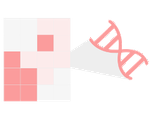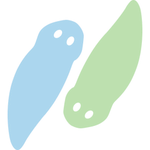Sergio Castillo
Software Developer
Biography
Software developer with experience in both academia and industry. During my PhD I worked in uncovering the mechanisms of regeneration of the planaria Schmidtea mediterranea, by integrating transcriptomic datasets with gene-protein networks into web applications, making use of machine learning and several statistical approaches. I fell in love with software development, and that’s what I do now.
Interests
- Back end development
- Databases
- Machine Learning
- Data Visualization
Education
-
PhD in Genetics, Current
Universitat de Barcelona
-
M.Sc. Bioinformatics for Health Sciences, 2017
Universitat Pompeu Fabra
-
B.Sc. Biology, 2015
Universitat de Barcelona



